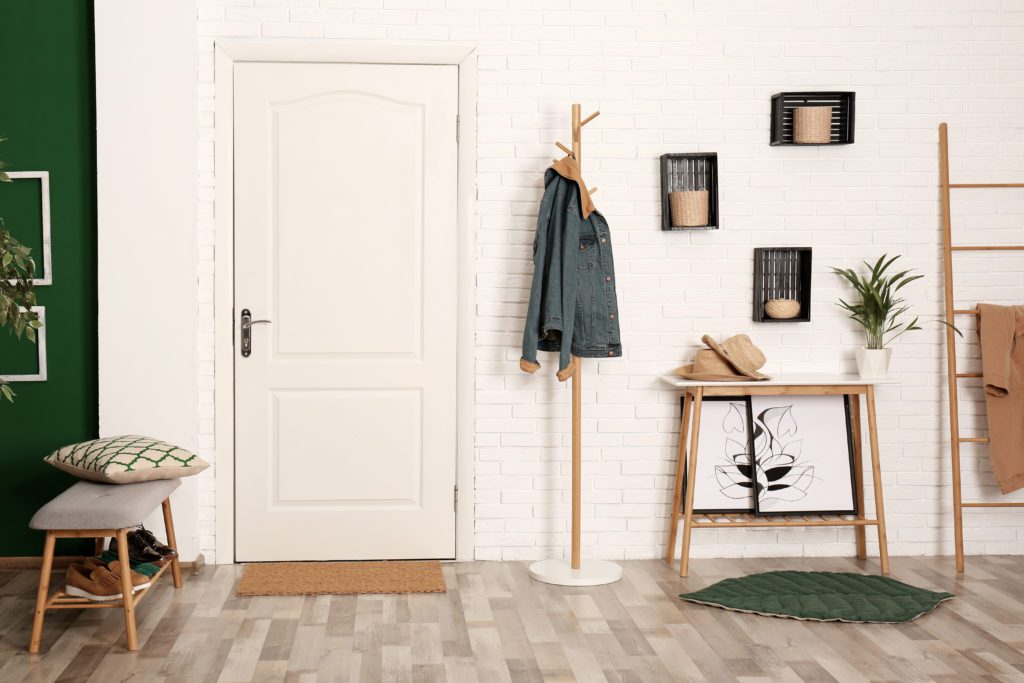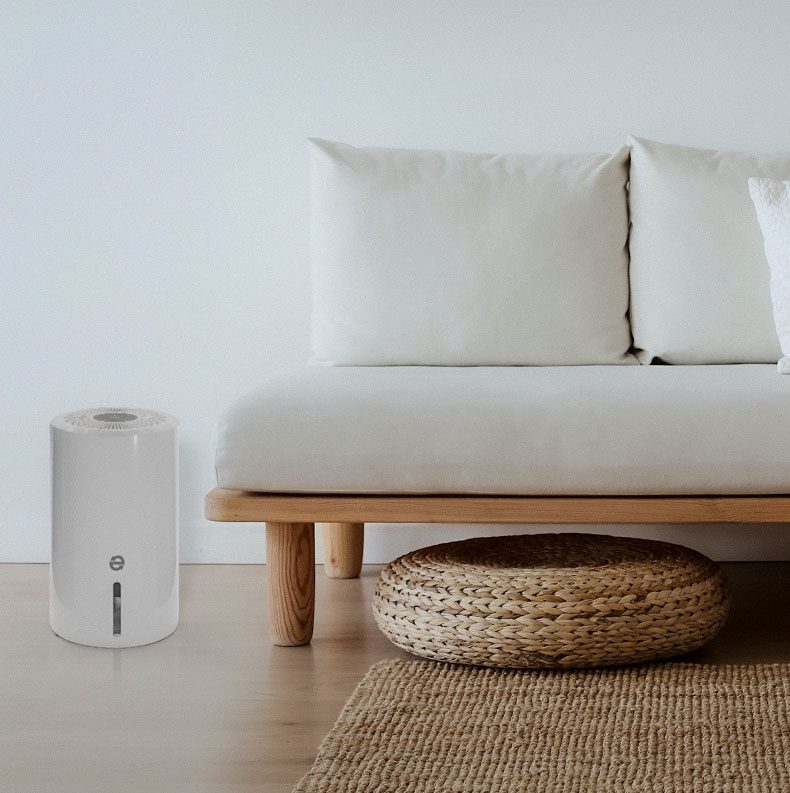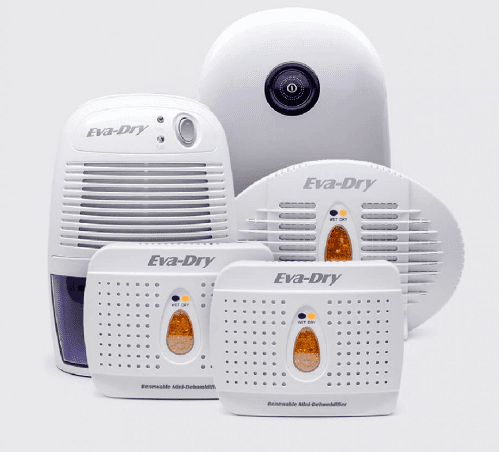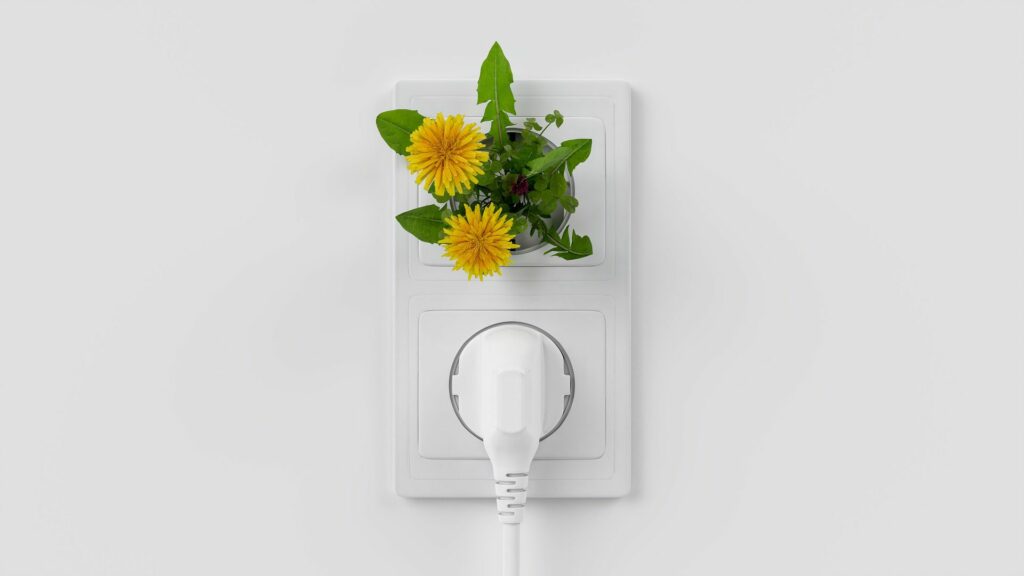You recently purchased a dehumidifier to help ease some issues you’ve been having with excess humidity. However, you are still having humidity problems! What gives?
Are you wondering how to use a dehumidifier to help eliminate excess humidity properly? Wonder no more.
In this guide, we will give you 6 vital dehumidifier tips and easy-to-follow steps to receive the BEST performance out of your dehumidifier. Furthermore, we will explain:
- How to use a dehumidifier to dry a room properly
- Where is the best place to put dehumidifier boxes
- What are the most useful dehumidifier safety tips
- And so much more!
Nip humidity in the bud. Let’s get started.
1. Dehumidifiers Aren’t One-Size-Fits-All! – Proper Use
Not all dehumidifiers are created equal. There are big ones, mini ones, and every size in between. One of the factors that determine how well your dehumidifier performs depends on the type of dehumidifier you purchase.
Keep in mind that your dehumidifier has to be the right device for the role you want it to play. For example, a dehumidifier the size of a smoke detector is perfect to place in a crawl space or bathroom; however, it won’t be able to bring down the humidity in your entire house.
Having trouble determining what size dehumidifier you should have to meet your needs? No worries, we’re here to help.
What is the right size dehumidifier for you?
Here’s something we can all agree on: you need a dehumidifier that accurately meets your needs.
Are you trying to reduce humidity in your entire house? You may want to invest in a whole-home dehumidification pack. However, if you want to control humidity in a firearm safe, guitar case, boat cabin, or car, then a mini dehumidifier is right up your alley!
Pro-tip: With each of our Eva-Dry dehumidifiers, you can find the perfect fit for your home just by looking at the name of the unit! Did you know the number in the name of the product suggests the number of cubic feet the dehumidifier services? For example, the E-500 Renewable High Capacity Dehumidifier works in areas up to 500 cubic feet!
Need to convert square feet into cubic feet? Use this cubic feet calculator to find out the perfect size dehumidifier for your needs.
2. Get Your Dehumidifier Settings Right: Between 30-50%!
Did you know one of the most essential steps of using a dehumidifier properly is to calibrate your settings correctly? That’s right! When using a dehumidifier, you have to understand how to optimize relative humidity, as we spoke about in our recent article.
So what is the best humidity setting for a dehumidifier? According to Energy Star, the optimal level of relative humidity in your home should be between 30% and 50%. Anything below this range may cause extreme dryness in your home and levels above may promote bacteria growth. Disgusting!
Take note that some Eva-Dry units, like EDV2400 and EDV4000, have a built-in humidistat, so you can input the right settings every time!
Pro-tip: In colder climates, especially during heater season, humidity levels should be in the field of 30% to 40% to prevent window condensation.
3. DO NOT Put Your Dehumidifier Against Walls
Believe it or not, where you place your dehumidifier can affect how well it performs. In fact, finding the perfect set-up location is all part of how to use a dehumidifier properly.
Remember that dehumidifiers operate by sucking in the damp air. They then remove excess humidity and discharge the dehumidified fresh air.
Therefore, if you place your dehumidifier against a surface that blocks the intake or exhaust vents, you reduce the positive effects of your unit.
Where to Place Dehumidifier in Your House
You want to place your machine in an area where there is good air circulation so the unit can efficiently work. We do not recommend placing a dehumidifier directly against a wall or piece of furniture. Instead, put it at least six inches away from these vent-blocking surfaces.
For dehumidifiers that cover large areas, it’s a good idea to place them somewhere central such as a hallway or landing.

Note: you don’t need to worry about this if you have a non-electric, or desiccant, dehumidifier.
Pro-tip: Positioning your dehumidifier will also be impacted by its capacity, size, and draining capability. Keep in mind that you will need to be able to access it to dump the reservoir. If it continuously flows from a hose, remember there must be a nearby drain that it can reach.
Did you know? Eva-Dry units have a flotation device that shuts them off automatically when their reservoir is full.
4. Cold vs. Warm Weather Can Impact Your Dehumidifier
If you run your dehumidifier through different seasons, you understand firsthand how challenging it can be to regulate humidity. During warmer months, there usually aren’t problems with running the device because there is typically more moisture in the air.
However, during the winter, you have to consider two things about how to use a dehumidifier to dry a room:
- Your device attracts moisture, and if it gets too cold, the water your machine collects could potentially freeze and damage it.
- If you experience freezing winters, you may want to consider dehumidifiers that rely on desiccants.
If you’re running a dehumidifier during cold winters, it can prove damaging to the device. So always be aware of your unit’s settings when the seasons change!
Did you know? Our EDV-4000 Mid Size Dehumidifier unit works from temperatures of 34 degrees Fahrenheit and it can raise the ambient temp slightly, which allows it to work better in winterization of cabins, boats, RVs, and more.
5. Don’t Forget to Empty Your Water Tray!
Regular maintenance and care are important parts of how to use a dehumidifier to dry a room properly. By upkeeping your unit and ensuring it dehumidifies your air properly, you can breathe better in no time. Always make sure to:
- Clear your filters every six months to avoid the build-up of dust and other particles that may hamper their effectiveness
- Dust the outside of the unit, especially near the intake and exit vents
- Empty the water reservoir periodically
- Check your coils to ensure proper functionality
Keep in mind that Eva-Dry regular maintenance lids do not come off the tank. We recommend rinsing the tank with a mixture of ⅓ bleach or white vinegar and ⅔ water to keep it clean. Use a can of compressed air to help keep the fan and inner workings of the device dust-free.
Additionally, give your machine a rest every once in a while. Your motor works hard, sucking in air and pumping it out. Try to leave it off for 20-minute intervals throughout the day so your machine is less taxed and can ultimately work harder for you.
Pro- dehumidifier tip: be careful not to tip over, drop, or accidentally kick your machine!
6. Dehumidifier Safety Tips: Water & Electricity
Like any other appliance, safety is always a concern whenever you’re using a dehumidifier. In the case of dehumidifiers, you have a device that contains water and is plugged into an electrical outlet. If you’re not careful, you might be shocked to find out what happens!
That being said, you should always be aware of dehumidifier safety instructions. For instance, dehumidifiers must be plugged directly into a properly grounded 3-prong wall outlet. Do not use an extension cord or plug the unit into a surge protector or multi-outlet adaptor.
Pro-tip: Never yank a plugged-in cord directly out of the wall. These measures are for safety from electric shock, particularly since your device contains water.
So, here’s the 10,000-foot view of our best dehumidifier tips
How to Use a Dehumidifier to Dry a Room Properly (An Overview):
- Use the right size dehumidifier for the job! (remember there are spot-dehumidifiers & whole-home dehumidifiers)
- Keep your dehumidifier set to 30-50% to eliminate excess dryness or moisture
- Don’t leave your dehumidifier facing a wall (this will block the vents & prevent it from doing its job)
- During winter be careful of having your settings too high or excess use (you could damage your dehumidifier)
- Clear your filters every 6 months and regularly empty your water tray to keep your dehumidifier working properly
- Follow your dehumidifier’s safety precautions: i.e. always plug your unit into a 3-pronged outlet
Following these 6 steps will have you safely on your way to a healthier home!
Control Excess Humidity Properly with Eva-Dry
Now that you know how to use a dehumidifier to dry a room properly, it’s time to start living without excess moisture!
Keep your family comfortable with clean and breathable air. Reduce excess humidity, mold spore growth, and bad bacteria with environment-friendly Eva-Dry dehumidifiers.
Eva-Dry dehumidifiers use desiccants to capture and remove moisture from the air. Our dehumidifiers are safe, non-toxic, and produce no odor. And what’s more? We offer a large selection of dehumidifiers to fulfill all of your dehumidifying needs!
Remember, if you want to live in a healthier home environment, we’re here to help! We’re always writing about how to reduce indoor moisture (i.e. removing moisture from your kitchen) and how to reduce moisture in outdoor storage areas as well!







[…] associated with using this method. Basically, the only disadvantage that exists is the fact that you might have to purchase several dehumidifiers to get the job done, especially if you have a large home and you are experiencing problems […]
Awesome article, thanks..